When my first daughter was born, I did what many excited first-time parents do—I bought everything. Tiny dresses with tags proclaiming “Newborn,” adorable shoes for feet that couldn’t yet walk, and special occasion outfits that were outgrown before the occasions arrived. By the time she was six months old, I had donated three garbage bags of barely-worn baby clothes, many still with tags attached.
With my second child, I approached things differently. The environmental impact of constantly buying and discarding children’s clothing had begun to weigh on me, especially considering how quickly babies grow in that first year. I discovered that creating a sustainable baby wardrobe isn’t just better for the planet—it’s easier on your wallet and your storage space too.
Understanding the Growth Timeline
Before diving into sustainable solutions, it helps to understand just how quickly babies outgrow clothing:
- Newborn sizes often fit for just 2-3 weeks (or not at all for bigger babies)
- 0-3 month clothing typically fits for about 2-3 months
- 3-6 month clothing may last another 3 months
- 6-12 month clothing often spans about 6 months
- 12-18 month clothing generally fits for about 6 months
This rapid growth means the average baby might cycle through five clothing sizes in their first year alone! No wonder so many parents find themselves drowning in outgrown baby clothes.
Building a Capsule Wardrobe Approach
The secret to sustainability starts with a minimalist mindset. For each size range, consider what your baby actually needs rather than everything that looks cute:
The Essentials List (per size)
- 6-8 onesies or bodysuits
- 4-6 sleepers/footie pajamas
- 3-4 pants/leggings
- 2-3 shirts/tops
- 2-3 sweaters/cardigans (in cooler weather)
- 1-2 outerwear pieces as seasonally appropriate
- 4-6 pairs of socks
- 2 hats (sun or warm, depending on season)
- 2 special occasion outfits (maximum)
This might seem sparse compared to the fully-stocked closets we often see on social media, but trust me—with laundry frequency and rate of growth, this is plenty.
Quality Over Quantity
Not all baby clothes are created equal, especially when sustainability is the goal:
Look for Durable Fabrics I learned quickly that certain brands consistently outlasted others. Garments made from thicker cotton, cotton-hemp blends, and organic cotton typically survived multiple washes without pilling or stretching out of shape, allowing them to be passed on to other babies.
Consider Construction Examine the seams and fasteners. Double-stitched seams last longer through repeated washing. Snaps and zippers should feel sturdy—they’ll be fastened and unfastened countless times.
Invest in Convertible Pieces Some brilliant designs grow with your baby:
- Sleepers with fold-over cuffs that convert from mittens to open hands
- Pants with adjustable waistbands and roll-up cuffs
- Bodysuits with expandable shoulders for easier dressing and longer wear
Sustainable Sourcing Strategies
Where you acquire baby clothes matters as much as what you buy:
Second-hand is First-rate Nearly 80% of my second child’s wardrobe came from consignment shops, online marketplaces, and hand-me-downs. The environmental impact of manufacturing new clothes is eliminated when you purchase pre-loved items.
I discovered local parents’ groups on social media where clothes were often given away for free or sold in bundles by size. Many of these items still had tags attached!
Clothing Swaps Some of my favorite baby clothes came from organized swaps with other parents. We’d each bring clean, gently-used items our children had outgrown and leave with “new” clothes for the next size up.
Rental Services For special occasions or seasonal needs, baby clothing rental services provide an eco-friendly alternative to buying items that might only be worn once or twice.
Buy Sustainable Brands (When Buying New) When purchasing new items (sometimes you just need that special outfit), look for brands committed to sustainable practices:
- Organic materials
- Non-toxic dyes
- Fair labor practices
- Transparent supply chains
- Take-back programs for recycling worn items
Color and Pattern Strategy
This might seem superficial, but a thoughtful approach to colors and patterns increases versatility and longevity:
Gender-Neutral Basics The core of your baby’s wardrobe in solid colors or simple patterns can be passed down to future children regardless of gender, increasing their useful lifespan.
Avoid Character Clothing While adorable, character-emblazoned clothing tends to look dated quickly and may be less appealing for hand-me-downs or resale.
Mix-and-Match Potential Choose items that coordinate with multiple other pieces to create more outfits with fewer garments.
Maintaining for Longevity
How you care for baby clothes significantly impacts their lifespan:
Stain Management I keep a spray bottle of diluted dish soap near the changing table for immediate spot treatment. For tougher stains, sunning works wonders—laying wet, clean clothes in direct sunlight naturally bleaches many food and poop stains without harsh chemicals.
Gentle Washing Use mild detergent designed for sensitive skin, wash in cold water, and skip the fabric softener which can reduce the absorbency and flame-resistance of children’s clothing.
Proper Storage Store outgrown clothes in breathable containers labeled by size, away from direct sunlight and moisture. Add cedar blocks rather than mothballs to prevent insect damage.
The Exit Strategy
A sustainable wardrobe needs a plan for clothes when they’re outgrown:
Pass Along Chain Establish a network of friends with babies of different ages. My daughter’s outgrown clothes went to a friend’s baby six months younger, and when those clothes were outgrown, they went to another friend’s baby.
Consignment or Resale Quality clothes in good condition can be consigned or sold, recouping some costs and extending their useful life.
Repurpose and Upcycle Some special pieces can become keepsakes—a baby’s first holiday outfit might become a stuffed animal or quilt square. Stained but structurally sound items make excellent cleaning rags.
Textile Recycling For truly worn-out items, textile recycling programs ensure the materials don’t end up in landfills.
Beyond Clothes: The Accessories Question
Sustainability extends to all aspects of your baby’s wardrobe:
Shoes: Less is More Babies who aren’t walking don’t need true shoes—soft booties or socks suffice. Once walking, one or two pairs of well-fitted shoes are enough.
Skip the Excessive Accessories Headbands, bow ties, and fancy socks are adorable but often uncomfortable for babies and rarely practical.
Bibs as Fashion Extensions Instead of numerous outfits, a collection of cute bibs can change a look while protecting clothes from drool and spit-up, extending the wear of the garments underneath.
Creating a sustainable baby wardrobe isn’t about deprivation—it’s about thoughtfulness. My second child had fewer clothes than my first but was always appropriately dressed, and the environmental impact of her early years was significantly reduced.
The greatest gift of our sustainable approach wasn’t just environmental or financial—it was freedom from the constant cycle of purchasing, organizing, and discarding that had overwhelmed me with my first child. With less focus on accumulating clothes, I found more time to simply enjoy my growing baby, which is perhaps the most sustainable choice of all.
What sustainable practices have you implemented in your baby’s wardrobe? I’d love to hear your experiences!


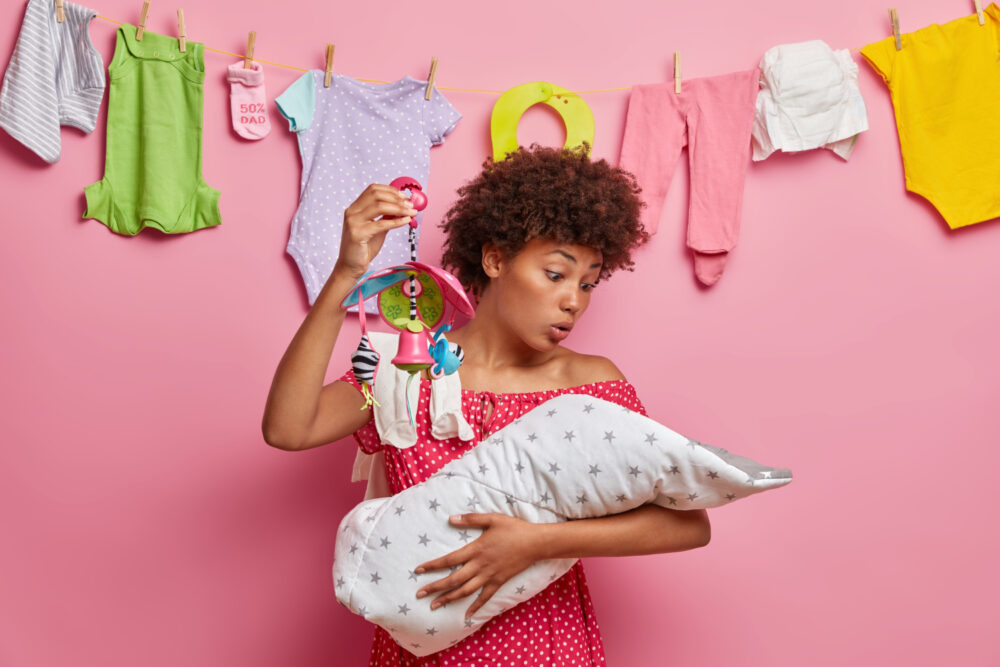
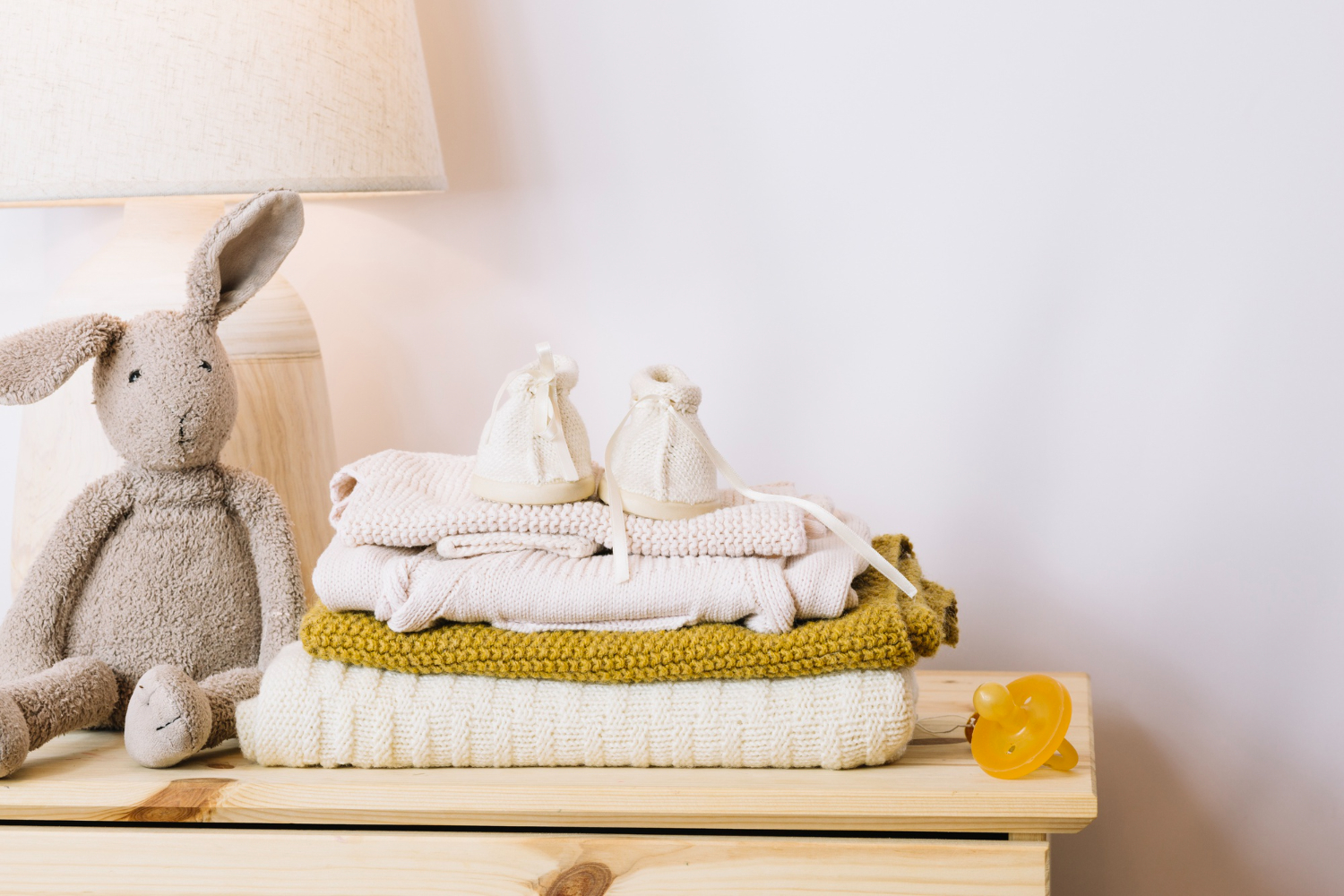
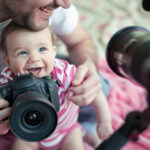
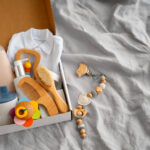
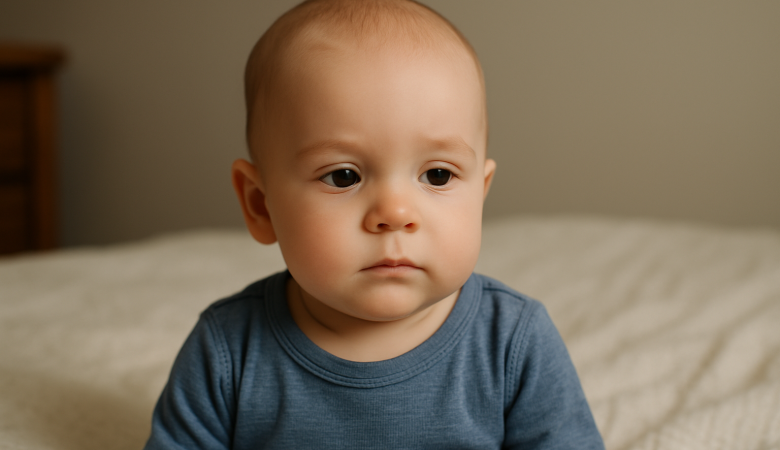
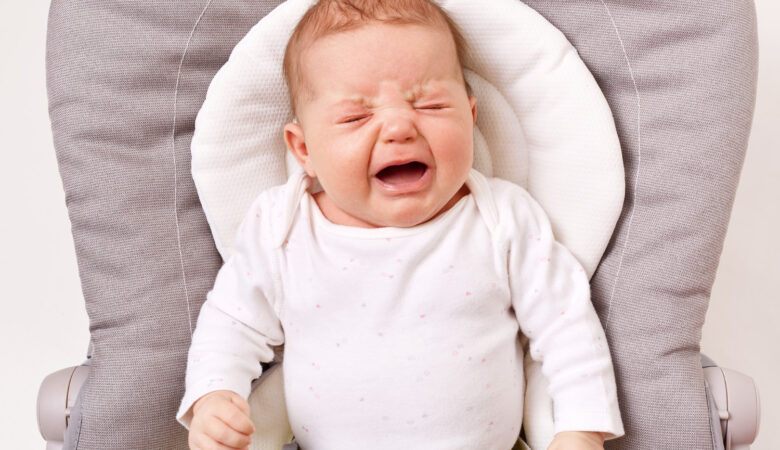
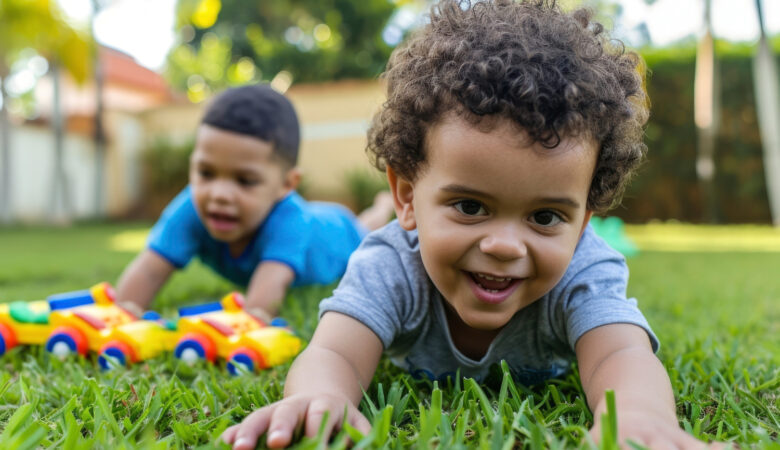
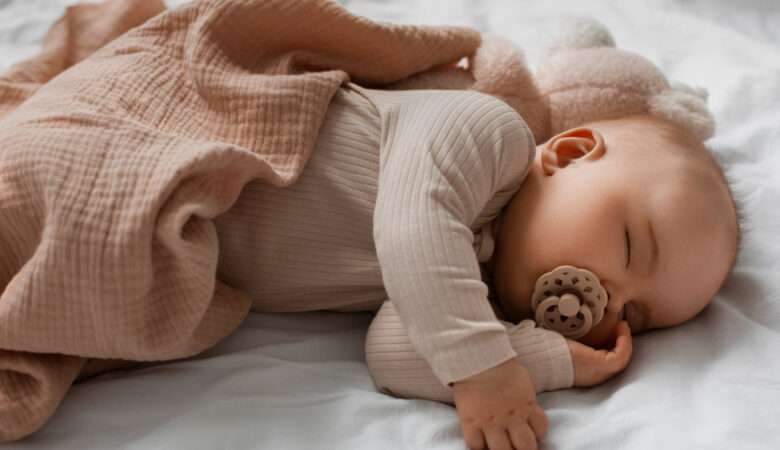
Leave a Reply